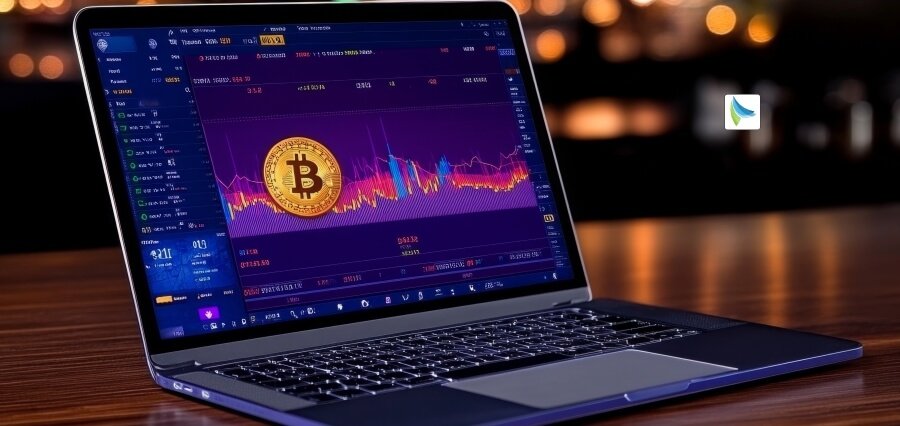Back in the day, construction companies were heavily reliant on manual time tracking. This system, while flawed in many ways, worked for numerous decades. It helped organizations track employees’ on-site participation, which served as a basis for paychecks and bonuses.
With the development of technology, firms no longer have to resort to paper sheets. They can implement automated time tracking and simplify the entire process. Among other things, these digital solutions can monitor employees’ location at all times, thus preventing time theft.
In this article, we want to focus on time tracking tools and talk about the benefits they bring to the daily construction workflow.
Accurate Billing
Like in many other industries, employee paychecks are a major expense companies have to think of. Although salaries aren’t as big-ticket as let’s say, construction materials and equipment, you still can’t neglect them.
That being said, one of the biggest issues over the years was providing accurate billing. Manual time tracking led to various errors, such as double entries, time theft, late entries, and so on. As a result, investors would often be overcharged, increasing their dissatisfaction.
With automated software, it’s much easier to track employees’ work. This system is especially valuable when you want to see how much time it would take you to execute specific tasks. Among others, by having more control over work hours, you can make a better assessment of project length.
Besides improving their reputation in the eyes of the clients, accurate billing is critical for preventing disputes. Even if the other side thinks you’re skimming them, you’ll always have a digital trail to refer to. All of this leads to increased transparency among stakeholders, improved trust, and better rapport.
Enhanced Project Management
Due to complexity of the construction process, firms often struggle to make accurate budgets. They often go overboard with materials and work hours even if they spend extensive time planning a project. Automated software puts a stop to all these issues, helping you make better decisions and keep things on track.
With these tools, managers can quickly detect issues and address them. They can identify tasks that might take more time to complete and make changes accordingly. Determining the cause of the problem is especially vital for minimizing delays.
Automated time-tracking solutions make scheduling a breeze. Companies that rely on these solutions are able to complete projects closer to estimated deadlines, thus improving their relationships with clients.
Better Resource Allocation
Efficient allocation of resources can be the main difference between a successful and unsuccessful firm. Great companies excel at optimizing their labor, materials and equipment. They know how much time and resources they need for each task, allowing them to minimize waste.
With time tracking software, businesses can easily identify potential areas of improvements. Managers use advanced programs to determine which tasks take too much time. Similarly, the software points out activities where employees have above-average performance.
Software is also vital for better equipment utilization. It shows which machines are being used frequently during the day and which ones barely serve any purpose. This makes them essential for businesses that lease equipment, as it might point out machines that you might use scarcely.
Through real-time data, construction brands make informed decisions on a daily basis. They are able to change their focus and reallocate resources toward activities that generate the most value. For example, managers use this software to instruct employees to focus on specific tasks. Over a longer period, the software becomes vital for identifying trends.
Increased Profitability
At the end of the day, all these benefits lead to increased productivity and higher profits. The use of time tracking software makes it easier to define and measure goals. Sharing these objectives with your staff will increase their motivations which, in turn, will lead to better operative results.
When workers are aware that they’re being monitored, they are less likely to steal time. In fact, the opposite might happen: they will become even more productive in an attempt to score hefty bonuses. These bonuses will serve as a motivation, and many of them will start focusing on the most effective tasks.
All of this will lead to better resource utilization while staying within the budget. Workers will proactively use this data to improve their performance across the board. This might even motivate them to take additional training.
Improved Decision-Making
Construction businesses can always benefit from having more data at their disposal. Real-time insights, in particular, are vital in such a dynamic environment. By getting relevant information on-demand, managers can change the course of a project and avoid bottlenecks.
As previously mentioned, data is especially valuable when a company performs several similar projects in a row. For example, when doing a building complex, managers can use insights they’ve accrued when doing past buildings for their future buildings. With time tracking software, they can make a better estimate of deadliness, budget, and required resources.
Enhanced planning makes sense for everyone involved. It will minimize construction firms’ waste and improve workers’ efficiency while giving investors a more accurate timeline. Relying on data is especially valuable for avoiding delays, overruns, and other unpredicted situations.
By relying on real-time data, businesses can easily differentiate between unprofitable and profitable activities. In fact, some of these insights might completely change the course of a company’s development, making them focus on different projects and locations. This information is especially important on a larger, strategic level.
Conclusion
Like many other industries, the future of construction time tracking will be dominated by AI-driven software. Companies are slowly going away from traditional, manual entry and are using automation to monitor their workforce and resource utilization. With these tools, managers have information regarding the workers’ status and whereabouts.
These solutions provide much more than simple tracking. They’re vital for boosting productivity across the board and improving the composition of your team. By relying on software, you can reward workers who go the extra mile while penalizing those who cut corners at the site.














